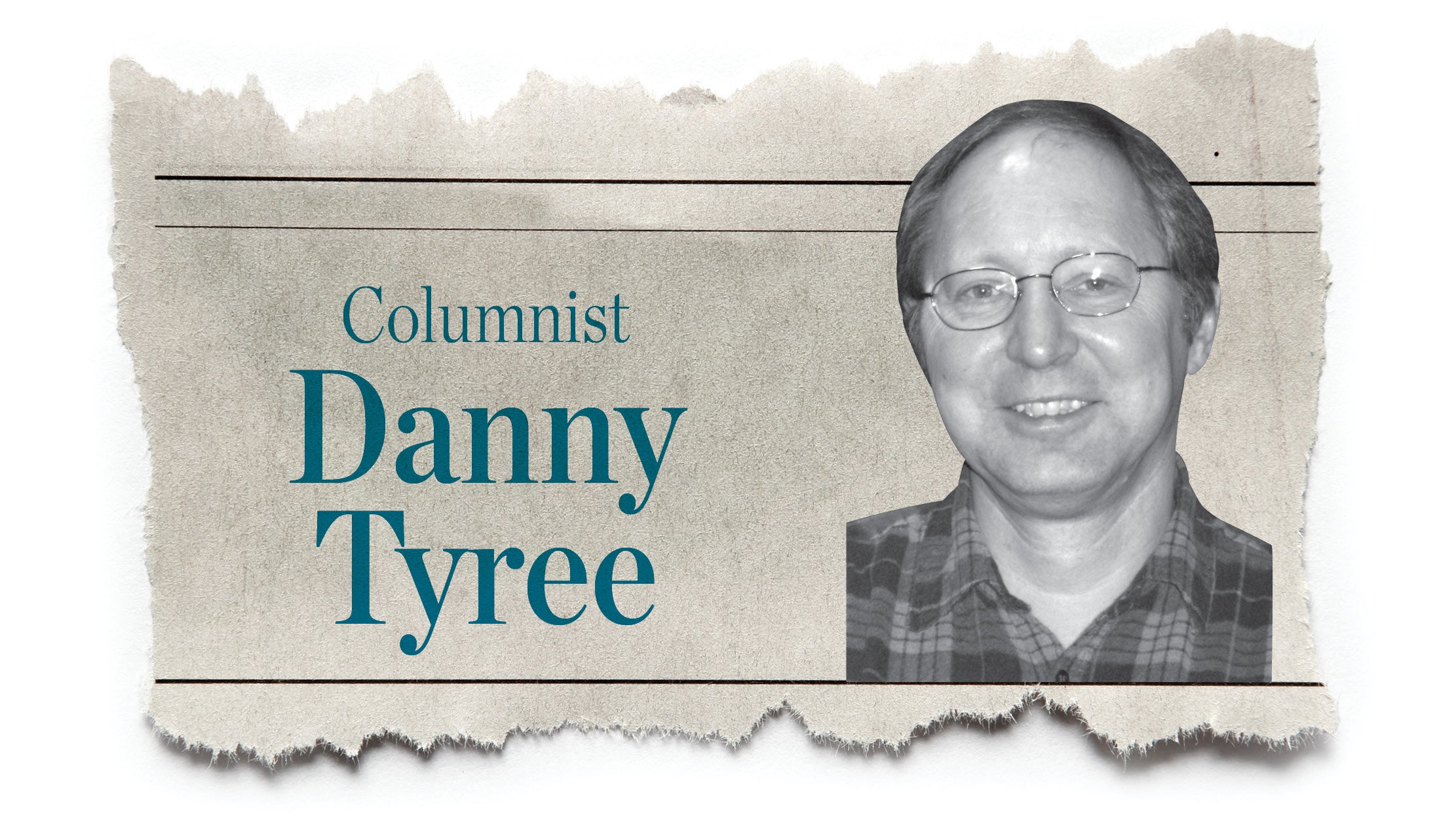Jim Crawford: COVID-19 pandemic shows health care needs improved
Published 12:00 am Monday, December 21, 2020
Hospitals. The American health care system is made of baling wire and Elmer’s glue.
Our hospitals, strained during the pandemic, are an economic and community-wide hodge-podge of extraordinary success and destructive closings. They are a tale of two medical care delivery systems, neither designed for patients.
At the top of the hospital care pyramid are the mega-hospitals, the giants with regional facilities and state-of-the-art technologies.
These hospitals, in urban areas, are thriving in terms of profits and utilization. Their CEOs are superstar earners. Daniel O’Day of Gilead Sciences health care earned $23.1 million last year.
But that does not mean front line nurses have access to N95 masks or other necessities at all times. Profit demands efficiency and efficiency argues against stockpiles of materials above “normal” use expectations.
This insertion of profitability into health care has worked to drive costs like fixed expenses down, while growing private equity investments, from $250 million in 2009 to $10.7 billion in 2018. Investors seek profits, margins and expense controls, not necessarily the same goals of a national healt care network or safety net.
Several of the mega-hospital systems have created regional monopolies, then raised prices, downsized the bed count for operating efficiency and increased the return-on-investment for their investors. In 2017 alone, 87 health care systems merged, purportedly for increased efficiency. But, all too often, the “efficiency” has resulted in higher charges for services.
And this effect, consolidation for earnings, is no different for the many non-profit health care providers, as their savings from taxation, granted in exchange for public services has long been diluted by laws that grant service credit for many expenses other than patient care.
But this is a tale of two hospitals, and on the opposite end of the scale is the shrinking number of rural hospitals. Since 2005 over 170 hospitals have closed, most in rural areas, leaving communities without adequate emergency facilities. These hospitals are challenged by the shrinking of the population in America’s rural regions, and by states that have refused to expand Medicaid coverage.
When Obamacare expanded the income levels for eligibility for Medicaid coverage, rural hospitals were able to increase their overall payment ratios, reducing their write-offs for unpaid care. But in states where that expansion was rejected, increasing numbers of unable-to-pay patients have trapped rural hospitals in a death spiral even before the pandemic.
Patients are left with the high performing hospitals using efficiency models that push patients in and out rapidly, need full usage to produce profits, and use expense controls that sometimes deprive first providers with safe working conditions. Meanwhile, the rural and independent hospitals struggle and close, contributing to the monopolies that set prices within large geographic regions.
What does all of this mean to consumers and patients? One outcome is the incredible reduction in hospital beds since the 1980s. In 1975. the U.S. had a population of 221 million and had 1,466,000 million hospital beds. In 2018 the U.S. population had grown to over 320 million, and the number of hospital beds had shrunk to 898,000.
So when our hospitals tell us their intensive care beds are short in supply, they are also informing us that in their efficiency models they reduced their ICUs, ignoring the possibility of a pandemic.
The question that follows is: Should the American health care system have the capability to handle more than a statistically normal capacity? And, if it should, how will our current model adapt when profit always comes first?
The coronavirus has demonstrated that our hospital network is ill-prepared for a national crisis. We need to establish regional supply centers and regional back-up facilities and beds. And we need to save our rural hospitals.





